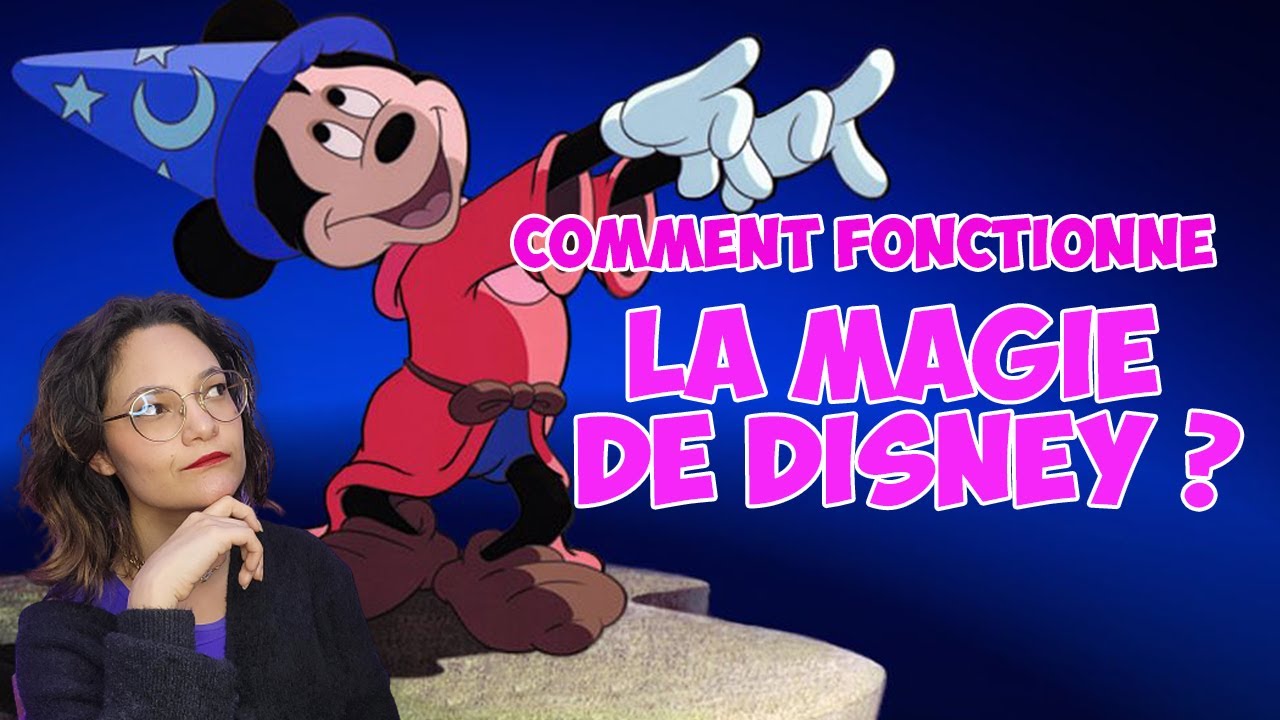The Art and Science of Game Feel | How Game Designers Juice Games with Mechanics,Pacing and Effects
Summary
TLDRThe video script delves into the concept of 'game feel,' exploring its impact on player engagement through responsive controls, dynamic music, and visual effects. It discusses the evolution of game feel from early games like Pac-Man to modern titles, highlighting the importance of real-time control, simulated spaces, and polish in creating an immersive gaming experience. The script also examines the role of game feel in teaching new systems, enhancing player skills, and extending senses, ultimately emphasizing its significance in delivering fun and tactile gameplay.
Takeaways
- 🎮 Game feel is about creating an impact and maximizing player input, enhancing the tactile experience of playing games.
- 📚 Steve Swank's book 'Game Feel' emphasizes the importance of game feel in simulating speed, sound, and visual effects to create a responsive and engaging game environment.
- 👶 The superficial aspects of game design, such as graphics, sound, and responsive controls, are crucial in making games appealing and enhancing their teaching ability.
- 🕹️ Real-time control over an avatar, simulated space and context, and polish are the three characteristics that games with a strong game feel possess.
- 🔁 The perceptual feedback loop, which is under 240 milliseconds, is essential for games to simulate direct control and create a sense of continuity.
- 🏎️ Racing games use acceleration and various visual cues to enhance the sense of speed, contributing to the overall game feel.
- 🤸♂️ The design of the context surrounding a game's mechanics is vital for creating depth and can affect the skill ceiling of a game.
- 🎵 Music games like 'Thumper' use physicality and resolution to make players feel like authors of music, enhancing game feel through auditory engagement.
- 🎨 Polishing effects such as animations, sound effects, screen shake, and rumble are used to 'juice up' games, making them more visceral and engaging.
- 🛠️ Functional and situational design are two approaches in game development; functional design focuses on expressive mechanics, while situational design embeds systems within specific scenarios.
- 🏆 Scoring systems and power-ups in games incentivize players to play in ways that are fun and engaging, pushing them to explore the game's mechanics to their fullest extent.
Q & A
What is the core concept of 'game feel' as described in the script?
-Game feel is about maximizing the output of a player's inputs and viewing games as tactile playthings that respond to our actions, creating an engaging and immersive experience.
How does the script relate game feel to the evolution of Pac-Man over time?
-The script illustrates the evolution of game feel in Pac-Man by comparing the original version with its newer iterations, noting the addition of dynamic music, pulsating colors, camera zooms, and screen shape changes to enhance the sense of speed and engagement.
What are the three characteristics of games with an elusive feel property according to Steve Swink?
-Games with an elusive feel property have real-time control over an avatar, a simulated space and context, and polish in terms of graphics, sound, particles, and screen shake.
How does the script explain the importance of responsive appeal in game design?
-The script suggests that the responsive appeal of a system is instrumental in enhancing its teaching ability, as it helps players learn new systems and contributes to the overall fun and engagement of the game.
What is the significance of the perceptual feedback loop in game feel?
-The perceptual feedback loop is crucial in game feel as it determines the responsiveness of a game. Actions need to respond under 100 milliseconds to create a sense of continuity, and the overall feedback loop should be less than 240 milliseconds to simulate direct control.
How does the script discuss the impact of input response time on a game's skill ceiling?
-The script explains that a higher response time can limit the skill ceiling of a game, as seen in Assassin's Creed's combat system, which has slow animations that lock out the player after input, capping the skill level of combat.
What role do polishing effects play in enhancing game feel?
-Polishing effects, such as animations, sound effects, screen shake, and dynamic camera angles, work in conjunction with the underlying systems of a game to deliver a particular experience and enhance the overall game feel.
How does the script differentiate between functional and situational design in game feel?
-Functional design focuses on giving players expressive options to play with, while situational design embeds its systems to create a specific scenario, enhancing the context and meaning of the play space.
What is the significance of risk/reward decisions in game feel?
-Risk/reward decisions are significant in game feel as they create strategic depth and prevent dominant strategies, allowing for a creative possibility space and enhancing the player's engagement.
How does the script relate game feel to the concept of 'flow state' in gaming?
-The script relates game feel to the flow state by discussing how escalating difficulty, such as in Space Invaders, can lead to a state of engagement where challenges rise in proportion to the player's abilities, contributing to the fun and immersion of the game.
What is the role of scoring and leaderboard systems in enhancing game feel?
-Scoring and leaderboard systems incentivize players to play in the most fun and engaging way possible, promoting risk-taking and creative play, which are key aspects of game feel.
Outlines

This section is available to paid users only. Please upgrade to access this part.
Upgrade NowMindmap

This section is available to paid users only. Please upgrade to access this part.
Upgrade NowKeywords

This section is available to paid users only. Please upgrade to access this part.
Upgrade NowHighlights

This section is available to paid users only. Please upgrade to access this part.
Upgrade NowTranscripts

This section is available to paid users only. Please upgrade to access this part.
Upgrade Now5.0 / 5 (0 votes)





